Author: Jason Cipriani
Unarguably one of the most recognizable hop varieties in existence, Cascade maintains a very good reputation among brewers for its ability to impart delightful grapefruit, floral, and subtle earthy notes to beer. Despite its age, Cascade is used liberally, often in conjunction with other hops, in beers that receive high praise. It’s this popularity, and the fact Cascade is neither patented or trademarked, that has led to it being grown around the globe in places such as New Jersey.
Alpha: 3.5% (lab measured)
Beta: 7.4% (lab measured)
Cohumulone: 30 – 35% of alpha acids
Total Oil: 0.8 – 2.5 mL/100g
Myrcene: 45 – 60%
Humulene: 14 – 20%
Caryophyllene: 5 – 9%
Farnesene: 6 – 9%
Linalool: 0.3 – 0.6%
ß-Pinene: 0.5 – 0.8%
Parentage: Open seeding, Fuggle mother
We were recently contacted by Eric Schmehl who, in addition to running Fermented Food & Beverage Supply Shop, manages a quaint hop yard located next to an alpaca farm in West Cape May, NJ.
Curious as to how tasters would perceive a beer hopped entirely Cascade grown on this New Jersey farm, Eric sent some in for us to put to use in The Hop Chronicles!
| MAKING THE BEER |
This beer was designed specifically for The Hop Chronicles with an easy drinking grist and copious amounts of Cascade hops grown in the state of New Jersey.
New Jersey Cascade Pale Ale
Recipe Details
| Batch Size | Boil Time | IBU | SRM | Est. OG | Est. FG | ABV |
|---|---|---|---|---|---|---|
| 6 gal | 60 min | 35.6 IBUs | 4.4 SRM | 1.054 | 1.014 | 5.4 % |
| Actuals | 1.054 | 1.013 | 5.4 % | |||
Fermentables
| Name | Amount | % |
|---|---|---|
| Pale Malt, 2-Row (Rahr) | 6.625 lbs | 50 |
| Pale Malt, Maris Otter | 6.625 lbs | 50 |
Hops
| Name | Amount | Time | Use | Form | Alpha % |
|---|---|---|---|---|---|
| Cascade | 70 g | 60 min | Boil | Pellet | 3.4 |
| Cascade | 75 g | 10 min | Boil | Pellet | 3.4 |
| Cascade | 75 g | 2 min | Boil | Pellet | 3.4 |
| Cascade | 120 g | 4 days | Dry Hop | Pellet | 3.4 |
Yeast
| Name | Lab | Attenuation | Temperature |
|---|---|---|---|
| Urkel (L28) | Imperial Yeast | 73% | 52°F - 58°F |
Notes
| Water Profile: Yellow Bitter in Bru’n Water Spreadsheet |
Download
| Download this recipe's BeerXML file |
After collecting the required amount of RO water the day before brewing, I weighed out and milled the grain.
With the recipe loaded into the Grainfather mobile app, I began my brew day by heating the strike water and mashing in to hit my desired mash temperature.
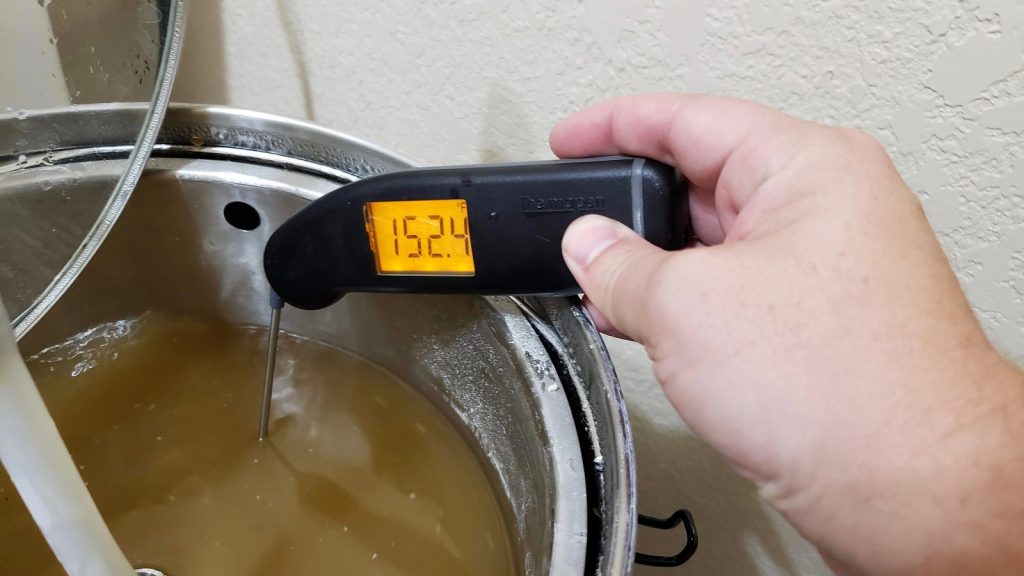
During the mash rest, I collected the sparge water in a cooler and began to heat it with my heat stick.
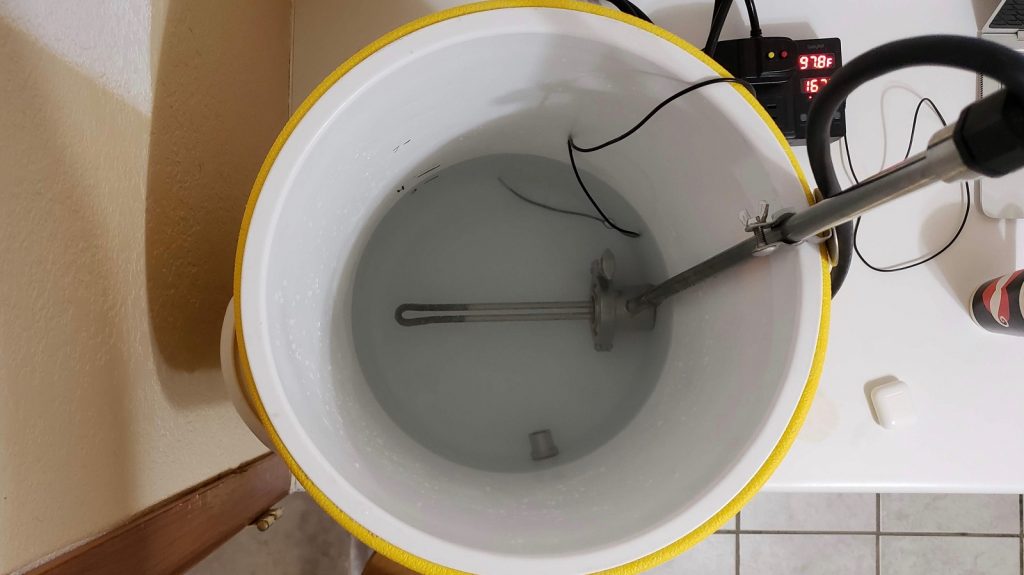
Roughly 15 minutes into the mash, I stole a small sample of wort to check the pH.
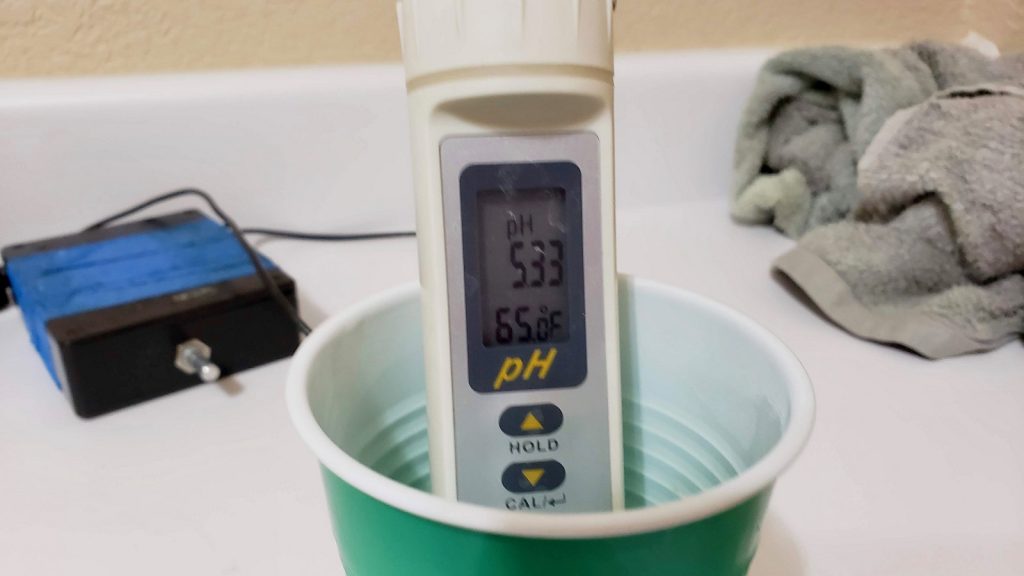
I then weighed out the kettle hop additions.
When the 60 minute mash was complete, I raised the grain basket out of the kettle and sparged with the pre-heated water.
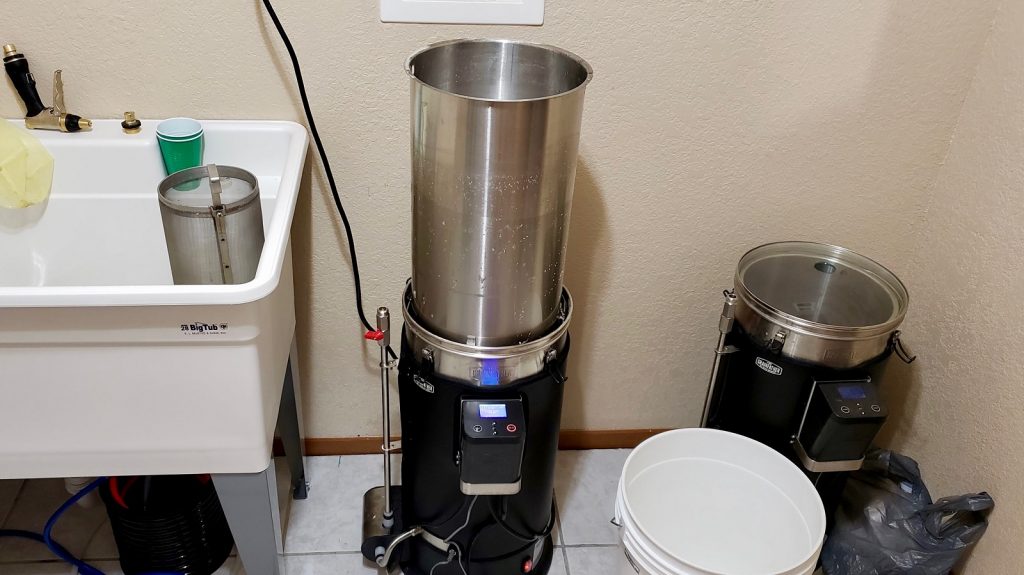
The wort was brought to a boil and hops were added per the recipe.
At the end of the boil, I ran the wort through a counterflow chiller directly into a sanitized Brew Bucket.
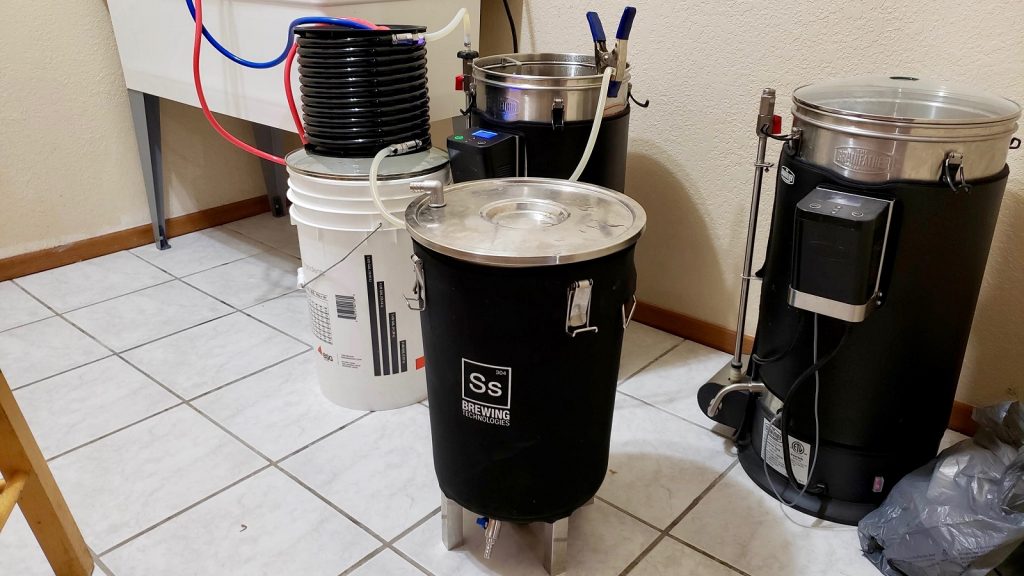
A hydrometer measurement showed the wort was right at my target OG.
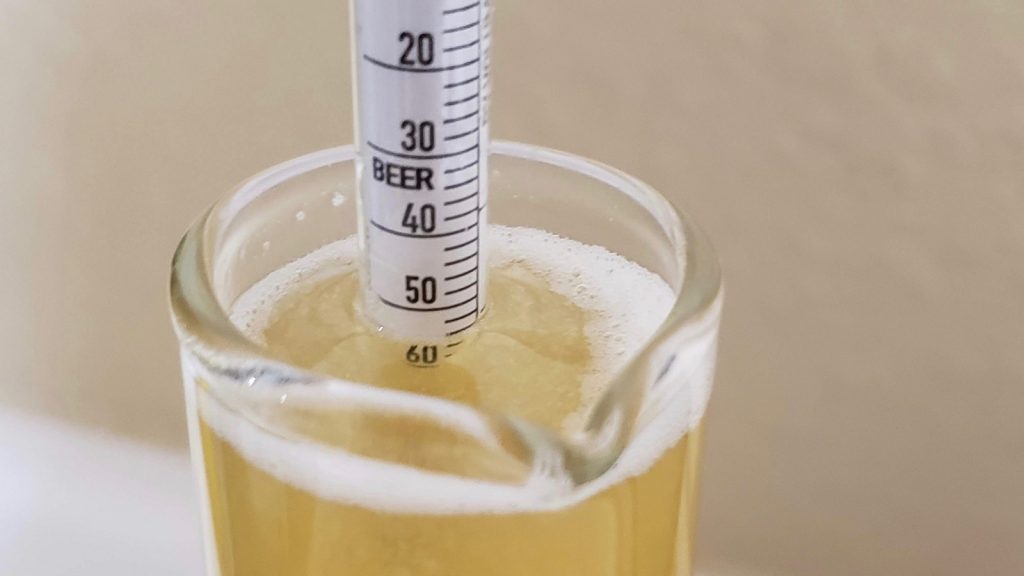
I stole some remnant wort from the kettle and made a vitality starter with Imperial Yeast L28 Urkel.
After four hours, the wort had chilled to my desired fermentation temperature of 66°F/19°C and the yeast was pitched. Activity was apparent the following morning and by day 5 had decreased, so I added the dry hop charge and raised the temperature in the chamber to 70°F/21°C to encourage complete attenuation. A hydrometer measurement 3 days later showed FG had been reached.
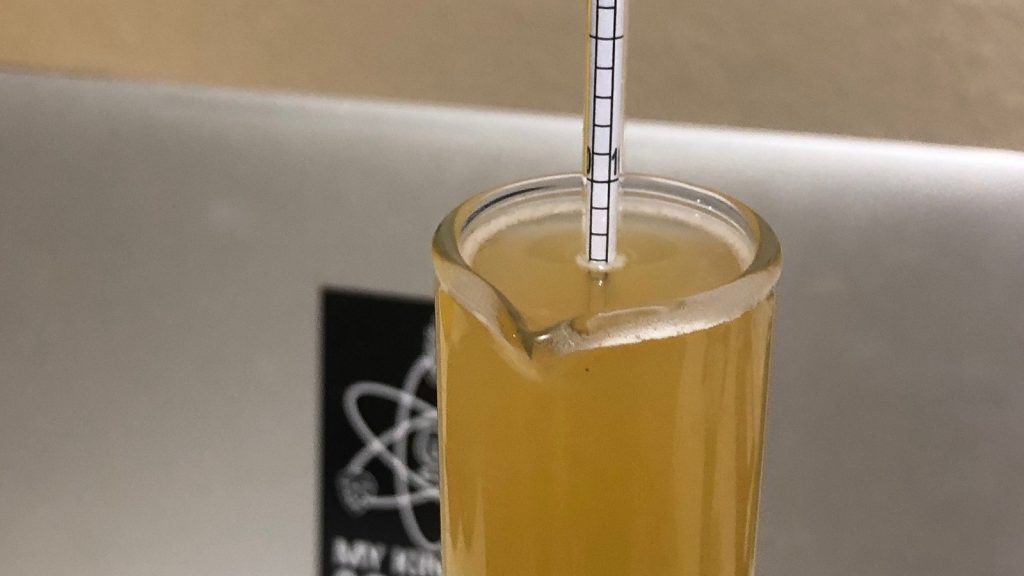
I proceeded with transferring the beer to a sanitized keg.
The filled keg was then placed my cool keezer where it was burst carbonated and cold conditioned for a few days before it was ready to serve to participants.
| METHOD |
Participants were instructed to focus only on the aromatic qualities of the beer before evaluating the flavor. For each aroma and flavor descriptor, tasters were asked to rate the perceived strength of that particular characteristic on a 0-9 scale where a rating of 0 meant they did not perceive the character at all and a rating of 9 meant the character was extremely strong. Once the data was collected, the average rating of each aroma and flavor descriptor was compiled and analyzed.
| RESULTS |
A total of 11 people participated in the evaluation of this beer, all blind to the hop variety used until after they completed the survey. The average aroma and flavor ratings for each descriptor were plotted on a radar graph.
Average Ratings of Aroma and Flavor Perceptions
The 3 characteristics endorsed as being most prominent by participants:
| Aroma | Flavor |
| Tropical Fruit, Citrus (tie) | Citrus |
| Stone Fruit | Tropical Fruit |
| Melon | Stone Fruit |
The 3 characteristics endorsed as being least prominent by participants:
| Aroma | Flavor |
| Berry | Onion/Garlic |
| Spicy/Herbal | Berry |
| Onion/Garlic | Earthy/Woody |
Participants were then asked to rate the pungency of the overall hop character.
Next, they were instructed to identify beer styles they thought the hop would work well in.
Finally, tasters were asked to rate how much they enjoyed the hop character on a 1 to 10 scale.
My Impressions: When I think of Cascade hops, earthy isn’t a descriptor that comes to mind, but that’s primarily what I got from this Pale Ale. There was some lemon in the aroma, and maybe a touch more in the flavor, but outside of that, I perceived that hop characters as mostly earthy, herbal, and spicy. The typical citrus burst I normally associate with Cascade hops just wasn’t there, or maybe it was overpowered by the other characteristics.
| CONCLUSION |
Talk to any farmer and they’ll likely agree terroir matters, that the specific environment a plant is grown in can have a drastic impact on the characteristics of the product said plant produces. In regards to hops, certain regions are known to offer ideal growing conditions, for example, the Yakima Valley of Washington and the Willamette Valley of Oregon, which reside at the 44th and 46th parallels, respectively. And while a number of small hop farms have popped up in regions outside of this particular band, the question of terroir’s impact on overall quality remains.
West Cape May, NJ lies on 38th parallel where sunlight hours during hop growing season are slightly less than in the Pacific Northwest. Despite the differences in terroir, blind evaluations of a beer hopped entirely with New Jersey Cascade suggest it imparted notes of citrus and tropical fruit, which isn’t inconsistent with common descriptors for this variety. However, the beer styles tasters felt this hop would work best with seems to indicate some differences, especially the fact only 1 of the 11 people selected Pale Ale/IPA. Rather, most participants identified pale styles that aren’t particularly hop forward.
At odds with the data from blind tasters, I didn’t detect much citrus or fruit in this New Jersey Cascade hopped beer, but instead perceived earthy and herbal notes. While not entirely unpleasant, it didn’t jibe with my expectations based on many past uses of Cascade hops grown in other regions. In fact, I felt the characteristics more closely resembled Fuggle than Cascade, which isn’t terribly surprising considering Fuggles is the mother of Cascade. That said, I’ve rarely used Cascade on its own, so it’s possible the single-hop nature of this beer played a role in my impressions.
Ultimately, I wouldn’t personally be inclined to use these New Jersey Cascade hops on their own, though I think they could add a nice earthy roundness to hoppy ales when paired with more fruit forward varieties. Given its mild to moderate pungency, it may also work well when used deftly in traditional English ale or more malt-forward American styles.
New Jersey Cascade is available now at FermentedNJ.com, get them while you can! If you have any thoughts on this variety, please feel free to share them in the comments section below.
Support Brülosophy In Style!
All designs are available in various colors and sizes on Amazon!
Follow Brülosophy on:
FACEBOOK | TWITTER | INSTAGRAM
If you enjoy this stuff and feel compelled to support Brulosophy.com, please check out the Support page for details on how you can very easily do so. Thanks!


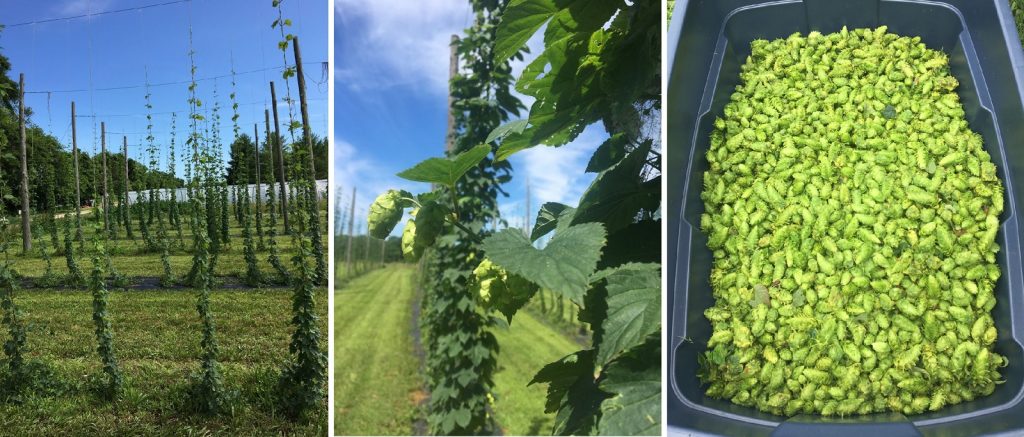
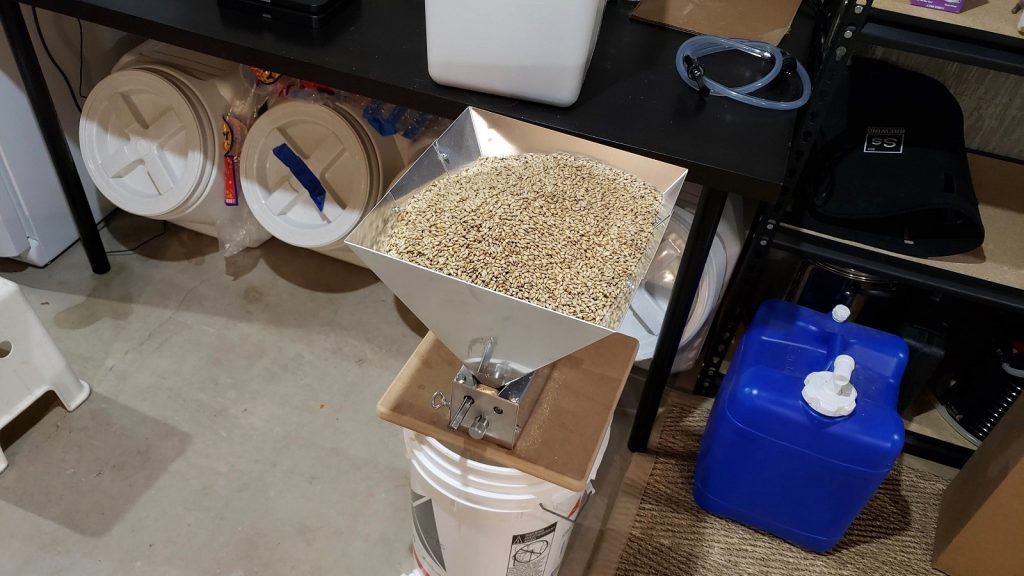
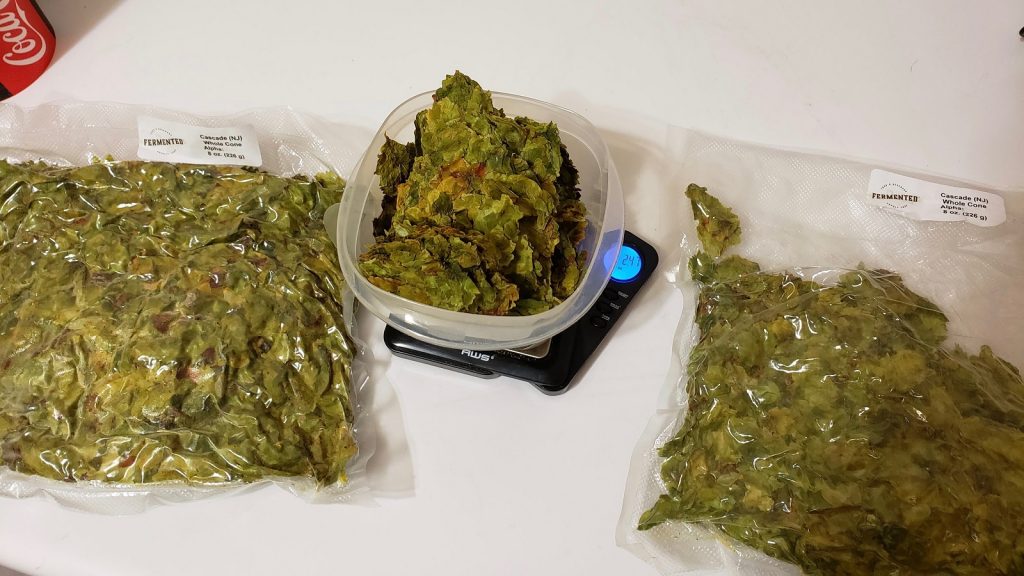
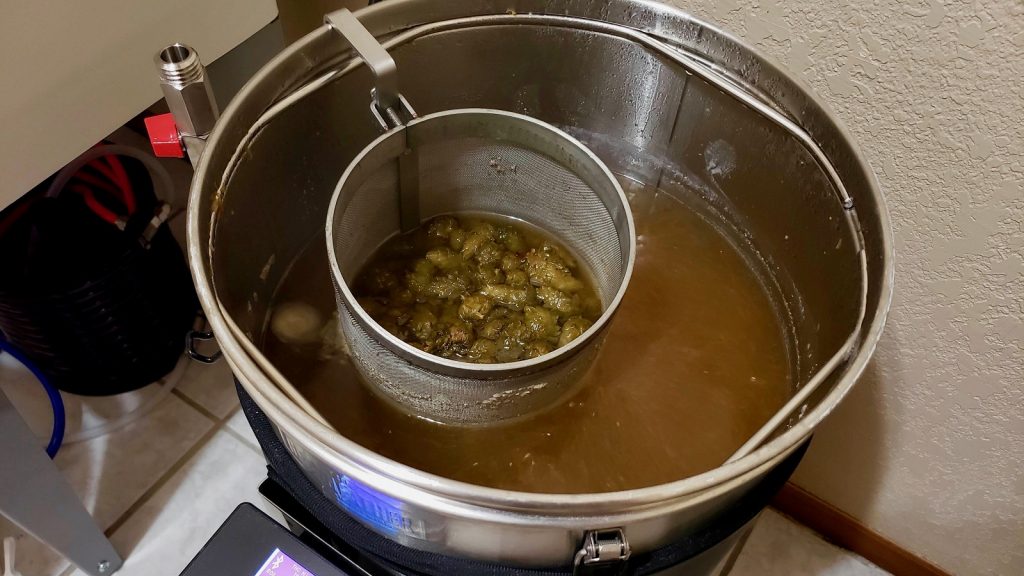
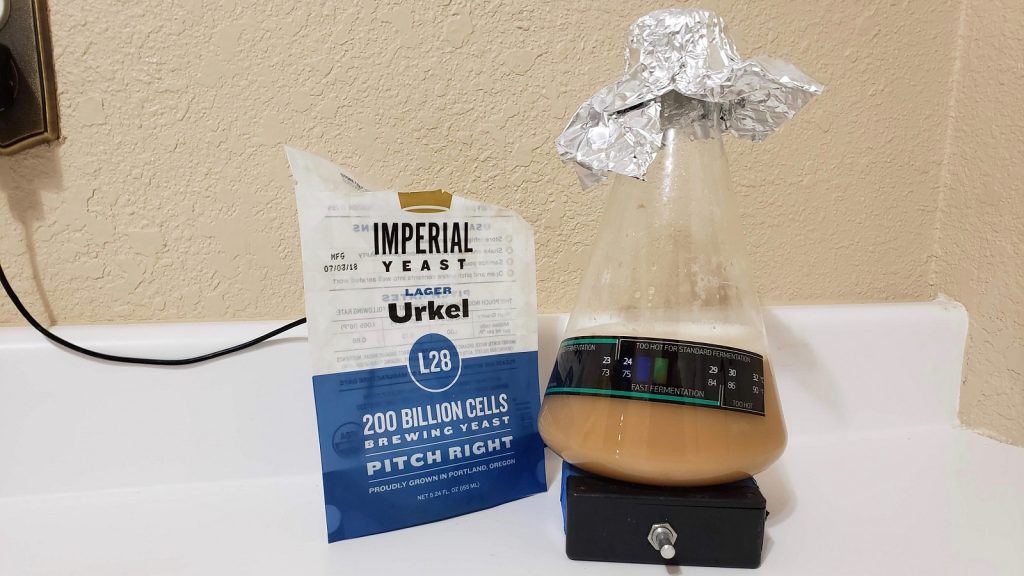
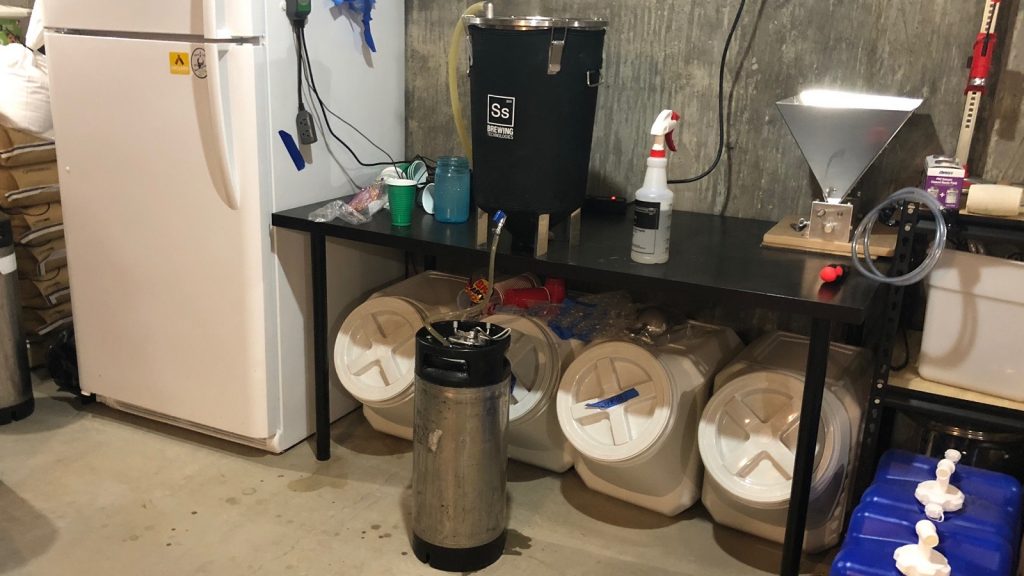
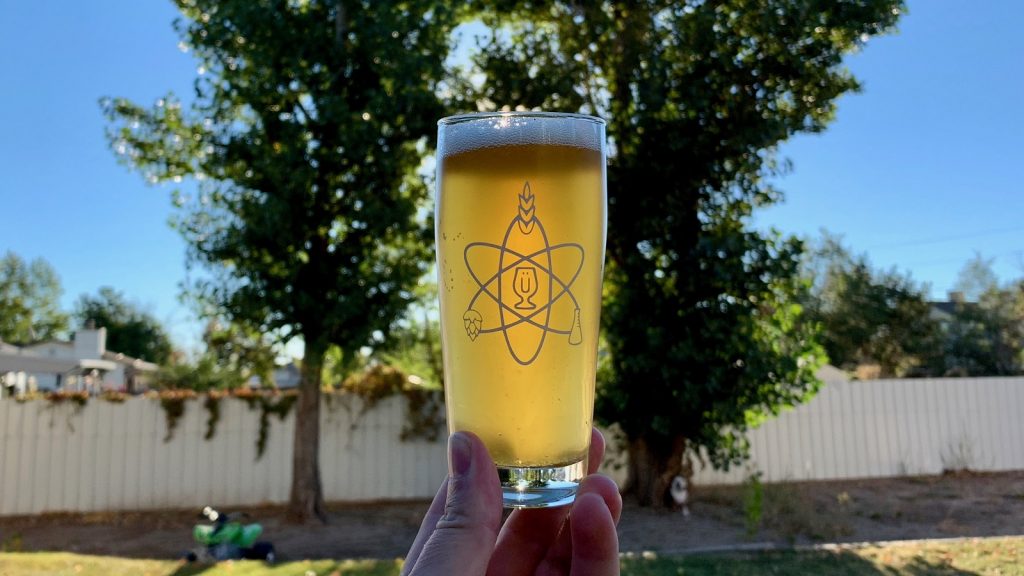
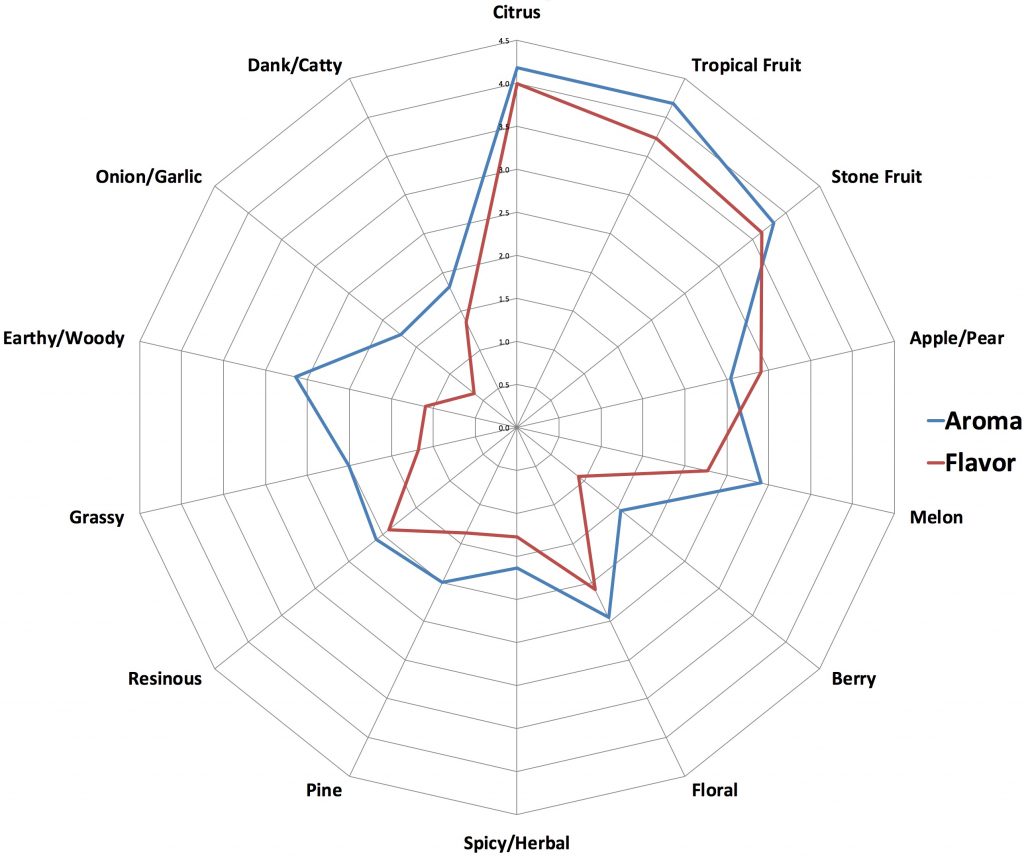
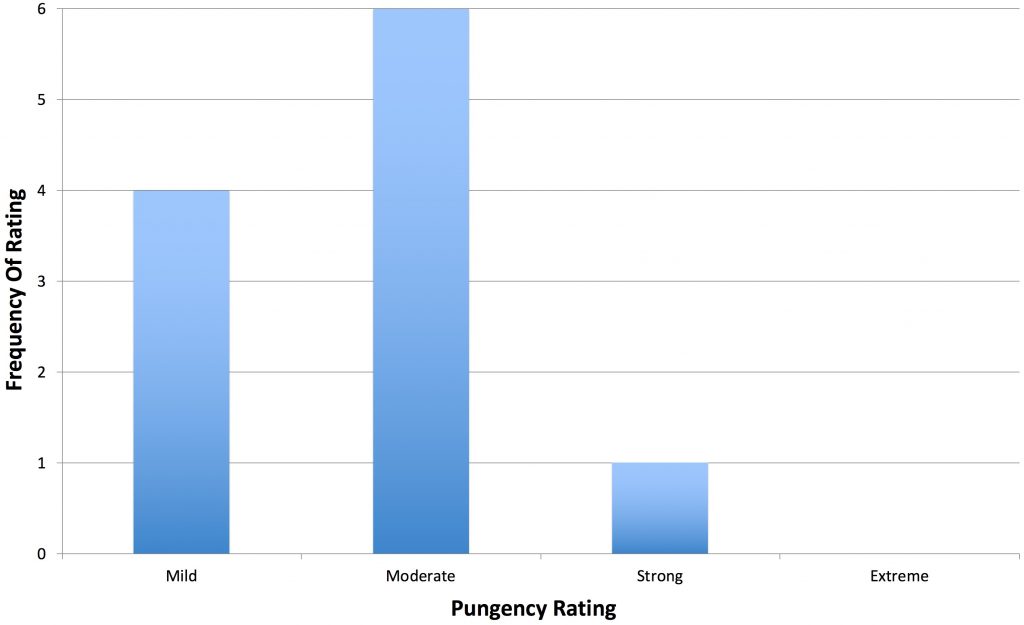
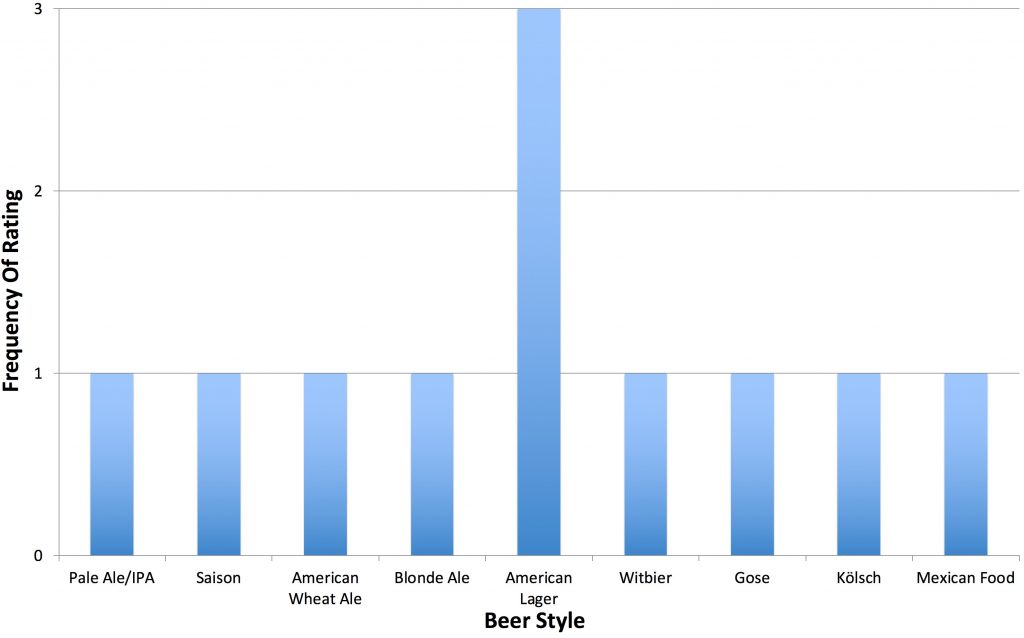
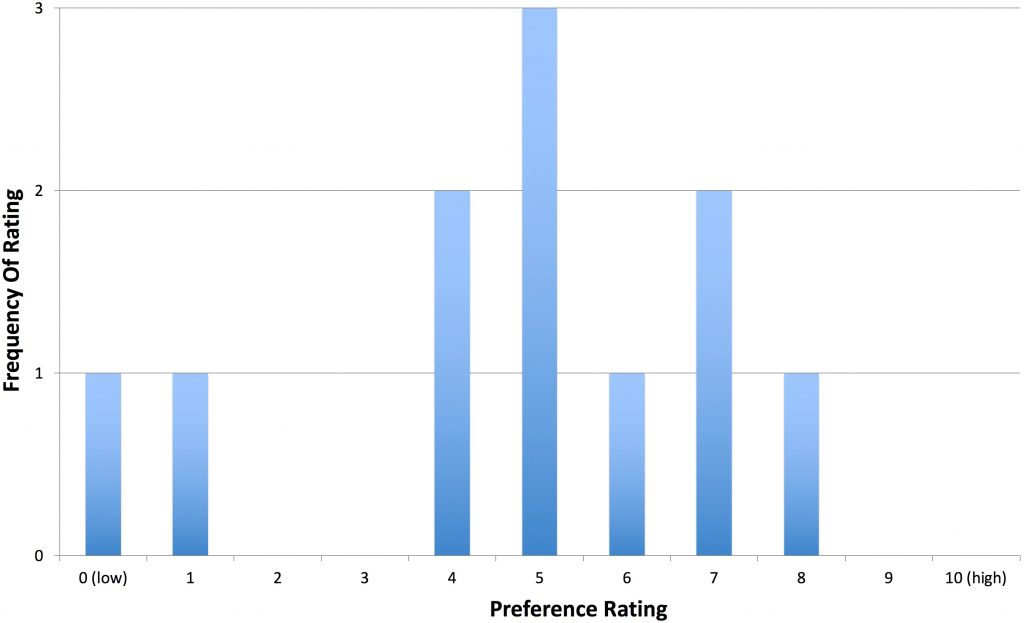










12 thoughts on “The Hop Chronicles | New Jersey Cascade (2018) Pale Ale”
I always enjoy reading the hop chronicles posts and it’s interesting to see the difference that growing location makes to the perceived character.
Regarding the disparity between your perception and the panels views, does the survey you use always list the flavours in the same order 1) Citrus, 2) tropical etc. If so, would it be possible to randomise these questions to avoid bias? I know a lot of online survey software can do this.
Just a thought.
What White Labs strain does Urkel most resemble? I know you guys have been using a lot of larger strains warm, like Harvest, Global, and 34/70. How would you compare the yeast character of Urkel to those other strains when fermented warm? I recently did my first warm fermented lager and thought it was the cleanest I’ve done yet. I opted for 64 degrees then ramped up to 66 for clean up. Any suggestions on temperature with warm fermented lagers?
Beer styles: “Mexican food”? LOL
Probably the guy who rated as 0 lol
Bittering with Cascade has never turned out well for me.
I get the same thing from Michigan grown cascade hops. They do have the classic floral/citrus notes to them, but also quite a bit of earthiness I can’t get past.
“On the way to cape may – i fell in love with you” as the song goes – love cape may and i myself are from s jersey – great write up on cascade hops – terrain does matter much like water matters to the taste of pizza – had to put that in there.
What time of year do these hops grow in? I would like to grow these hops and a few others. Are they easy to grow?
Just a correction….the latitudes are the other way around, Yakima is 46, Willamette is 44 (and actually it is closer to 45).
Hi, would be great if the recipe would be the same like your previous exp from the cascade to get the direct differences from the two cascades
https://brulosophy.com/2016/11/03/the-hop-chronicles-cascade/
That hop yard looks anemic! Not right in any way at all. Is it possible that the hop’s flavor is effected by these conditions?
Shouldn’t your perception of earthy be considered an aberrant value compared to the bulk of the data? And if not, doesn’t that invalidate the blind panel as a valuable source of data if it can get a 1:11 veto?